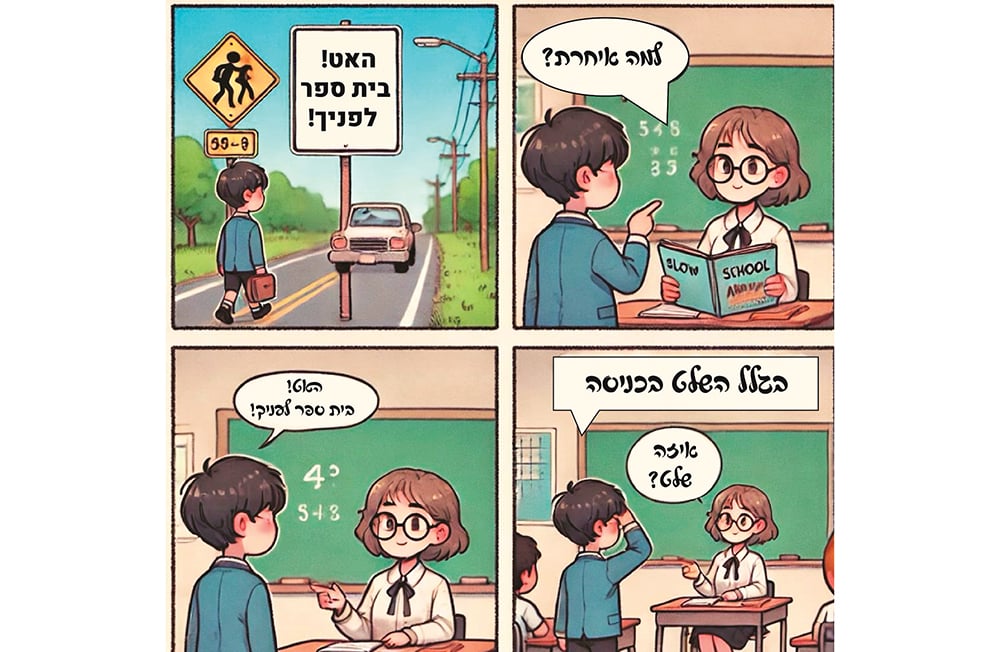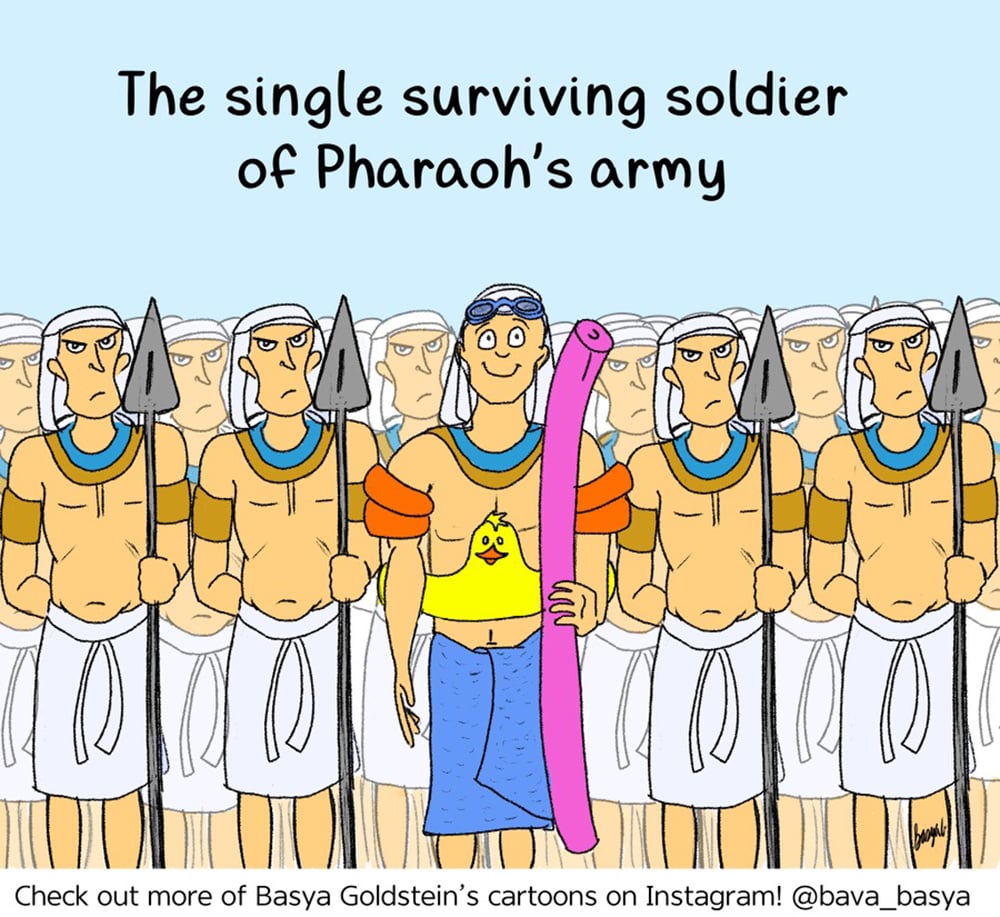The term “mondegreen” was coined half a century ago. It refers to misheard lyrics in a song or misheard phrases or words in speech. An example of the former is “I can see clearly now, Lorraine is gone” instead of “I can see clearly now, the rain has gone.” An example of the latter is, “I led the pigeons to the flag of the United States of America and to the republic, for which it stands” instead of “I pledge allegiance to the flag of the United States of America …” What about Yiddish mondegreens? In thatit has been quite some time since others have spoken Mameh Loshen with me, I must resort to long term memory or share family lore. What follows are five misheard Yiddish words or phrases.
Ess vett helfen vee toyteh bahnkess (It will help like dead cuppings). Before modern medicine, shtellen bahnkess was widely practiced as a method for bringing the ailing individual back to health. A bankeh (singular) is a cupping glass. Shtellen bahnkess was the practice of cupping therapy. Heated cuppings were placed on the skin of the patient. As the cuppings cooled, a vacuum formed, drawing blood closer to the surface. In that bahnkess are inanimate, they can be neither lebbehdikeh bahnkess (live cuppings) or toyteh bahnkess (dead cuppings). The proper expression is Ess vett helfen vee ah toyten, bahnkess. Placing bahnkess on a toyten (one who has expired) will have no effect! The term toyteh bahnkess is a mondegreen.
Shtayner in dee ahrbel (stones in the sleeve). I have good reason to suspect that this expression is totally familial, in that any attempt to corroborate has proven to be unsuccessful. It was used by family to describe a person who, whenever he is overcome with a feeling of industriousness, simply lies down until the feeling passes. Logically, it is impossible to have stones in one’s sleeve unless the stones are sewn into the lining. It is, however, possible to have shtayner oon ahrbess (stones and peas) in one’s shoes. Rather than simply shake the shtayner and ahrbess out of the shoe and be on one’s way to become productive, the ne’er-do-well takes the path of least resistance and does nothing. Shtayner in dee ahrbel is yet another mondegreen.
Bokseh (carob). As one who admittedly speaks with an artificial accent (I made a conscious effort to betray my central Canada origins),I remain intrigued and sensitive to regional pronunciations. Although I have lived in this geographic region for close to four decades, I remain amused by the linguistic term non-rhotic pronunciation of so many, where the final “r” in words is mute. “Never” is pronounced “neveh,” and “passengers” is pronounced “passengehs.” Non-rhotic pronunciation affects Yiddish words as well. With Tu B’Shvat soon upon us, bokser (let’s hear that “r”), and not bokseh is the “fruit du jour.”
Lady gayer (an idler or loafer). As a child, I heard the expression lady gayer any number of times. Having been raised in a one-car family, I can’t help but feel that my mother harbored a modicum of resentment against her contemporaries who had the time, opportunity, and car to spend the afternoon downtown and visit the major department stores and maybe even meet a friend for coffee. As far as my mother was concerned, those who spent their afternoons in that fashion were lady gayers. It wasn’t until years later that I realized that I too fell prey to a mondegreen, in that the term for an idler or loafer is laydik (empty, unoccupied) and gayer (walker, goer).
Dray zich oonter (Turn yourself under). Yoognt Himn (Youth Hymn) was among the Holocaust songs that we were taught in Yiddish day schools. It was written in 1943 by the Lithuanian poet Shmerke Kaczerginsky. The opening lines read, “Oondzer leed iz fool meet troyer, drayst is oondzer moonter gahng” (Our song is filled with sorrow, our spirited gait is encouraging). To the young untrained ear, mondegreens are inevitable. And so, in all innocence we would sing, “Our song is filled with sorrow, turn yourself under.”
Shake the shtayner and ahrbess out of your shoes and digest the fact that the final letter of bokser deserves to ring out loud and clear. Pay homage to the Holocaust Youth Hymn by making sure that you adopt a drayst moonter gahng. Most of all, realize that in the end, living the life of a laydik gayer vett helfen vee ah toyten bahnkess.
Rabbi Shawn Zell has recently returned to New Jersey, after serving at a pulpit in Dallas. He possesses certification in teaching Yiddish. Rabbi Zell is the author of three books.











